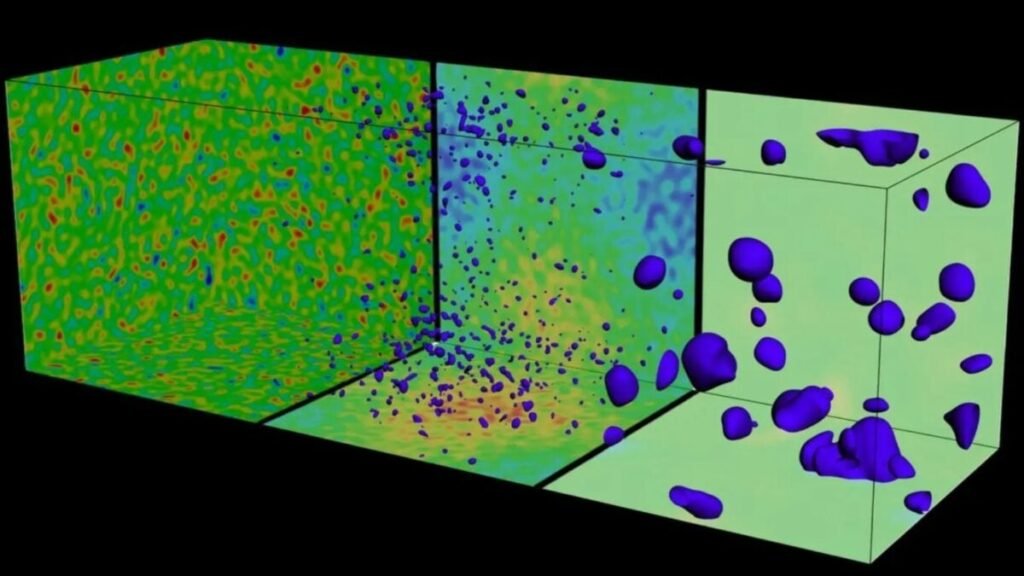Scientists Simulate Pre-Big Bang Universe: Numerical Relativity Shakes Up Origins

For a long time, it has been repeated that time began with the Big Bang, leaving any idea of a “before” in the dark. However, an international team of researchers has decided to light a new lantern: . Their goal is to challenge that boundary and explore scenarios that until now belonged to the realm of speculation.
The Limit of Classical Cosmology

describe the universe from its earliest moments, but break down when they reach the singularity of the . That boundary turns the “before” into a concept without physical meaning. However, classical models assume a cosmos that is too simple: . In such an extreme scenario, those assumptions collapse and leave open the need for new tools to continue progressing.
Numerical Relativity as a New Lantern
argue that numerical relativity can be that resource. This method, already tested to simulate black hole collisions and predict gravitational waves, allows for modeling space-time in chaotic conditions. With supercomputers capable of handling numerical errors and complex mathematical frameworks, it is now possible to test hypotheses that were previously beyond the reach of physics.
Bouncing Universes and Multiverses in Simulation

Among the scenarios that could be tested are bouncing universes, which imagine . Also, the possible “bruises” on the cosmic background that would reveal collisions with other universes, or the existence of cosmic strings that left traces in the form of gravitational waves. For the first time, go from being speculation to hypotheses that can be rigorously tested with scientific rigor.






